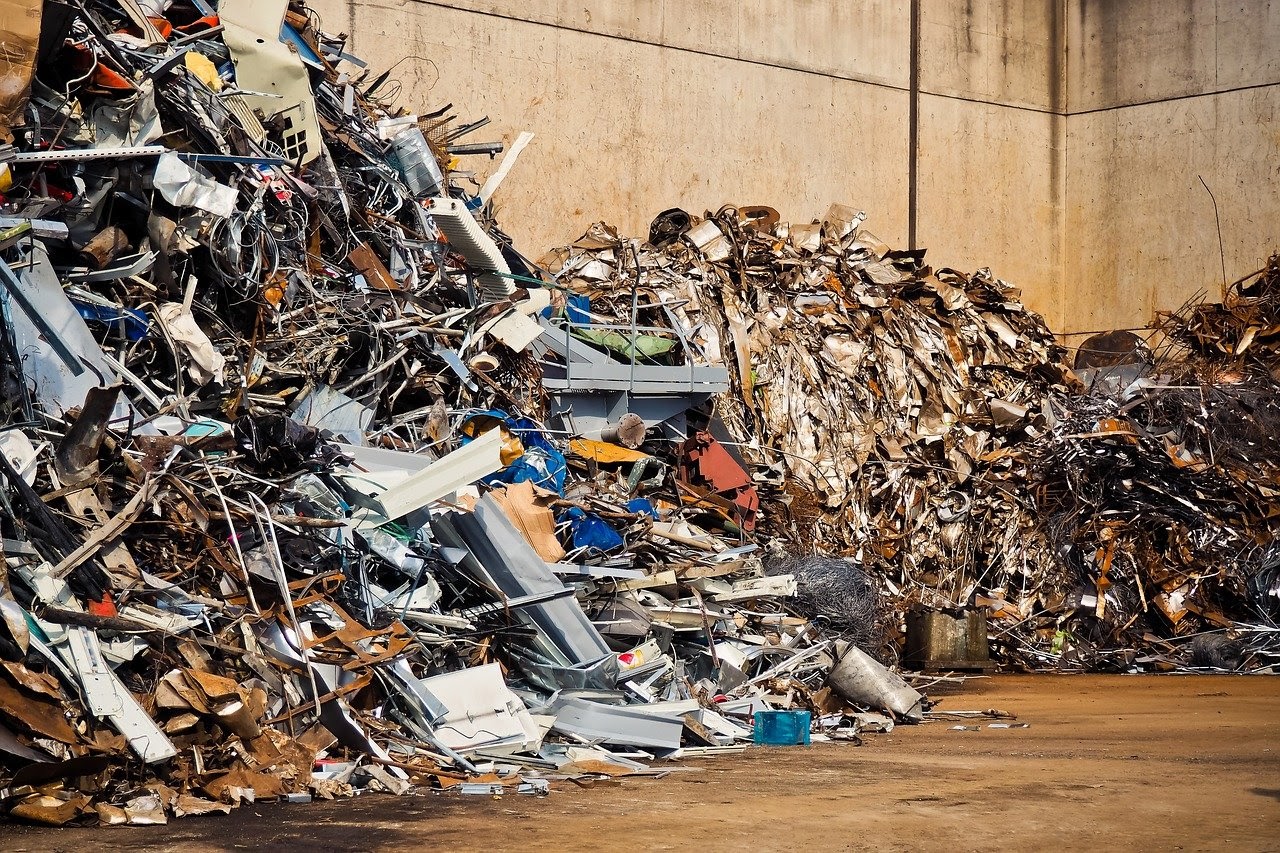Scrap Metal Recycling – The Sorting Process Made Easy
There’s never been a more critical time to ensure accuracy and transparency when it comes to metal sorting in your scrap metal recycling process.
And, with ever-increasing competition and supplier demands, industry leaders know maintaining profitability in a volatile metal-pricing environment is crucial.
Regardless of your application, there is an industry-leading handheld XRF or LIBs analyser available to do the job, ensuring the alloy grade and composition meet your specifications.
In both cases, these methods of metal testing are more effective, accurate and efficient than a variety of other more labour intensive, time-consuming and destructive methods.
To learn more about what XRF is and how it works, read the XRF Technology ebook from Thermo Scientific.
Scrap Metal Recycling Is Big Business
Australia generates 40% of its waste from construction and demolition. Scrap metal is included in this amount.
Recycling metal is important because it reduces the amount of:
· Waste sent to landfill
· Mining needed for new metals
· Air and water pollution
· Energy needed to create new products (versus from virgin materials)
Stainless steel, copper, bronze, brass, aluminum and iron can be recycled. The metals in your old appliances, cars, planes and building materials can be recycled to make new ones. The metal in many food and drink cans is usually already 100% recycled.
Facts about Metal, Aluminium & Steel
| 350,000 aluminium cans are produced every minute | 1 tonne of recycled steel saves 1,131kg of iron ore, 633kg of coal and 54kg of limestone | 95% energy saved creating cans from recycled aluminium |
The price of scrap copper per kilo is worth the most money. This is due to the amount that’s used in our society and the cost of mining and processing copper into products such as pipes and wire. Here’s a rough guide to various scrap metal prices. Please note, this is a guide only, and prices can fluctuate quite wildly.
The Easy Way To Identify And Sort Scrap Metal
Globalised trade in scrap metal, alloy stock and finished products has resulted in increased costs of alloy mix-ups for suppliers, distributors and industrial consumers.
So, in order to ensure quality, safety and regulatory compliance, the exact chemical composition of scrap, including the existence of contaminants or hazardous elements, must be determined.
Scrap metal recyclers use handheld PXRF to:
- Rapidly sort mixed metals
- Positively identify numerous alloys, including light alloys
- Guarantee the quality of their product to their customers
What is metal waste?
We use metals in many everyday products and applications. Vehicles, trucks, trains, train tracks, ships, aeroplanes, white goods, cutlery, pots and pans all contain metal.
Metals can be classified as “ferrous” and “non-ferrous”. Common ferrous metals include carbon steel, alloy steel, wrought iron, and cast iron. Non-ferrous metals include aluminum, copper, lead, zinc, and tin.
The Process of Metal Recycling
The process of metal recycling involves these stages:
- The metal is collected by scrapyards and sorted into bins. Non-ferrous metals that contain steel or iron are considered scrap steel.
- Stainless steel and other valuable nickel alloys are sorted into their specific alloy grade to increase value.
- Metal recycling centres sell their scrap to super collectors, which shred it and then melt it in furnaces at high temperatures to produce blocks, ingots, or sheets to make metal products.
In spite of the energy costs involved in recycling scrap metal, the energy needed is less than that needed to make it out of raw materials.
Recycling cans, for instance, can save 75% more energy than producing steel from raw materials.
With around 90% of steel products being recycled in Australia, every tonne of recycled steel is equivalent to 1130 kilograms of iron ore, more than 630 kilograms of coal and over 54 kilograms of limestone being saved from being mined.
How PAS Products Slash Your Sorting Time
Niton XRF analysers are the ideal tool for screening incoming scrap, as well as providing quick, non-destructive chemistry and grade verification of chill castings and final product.
The Katana KT-100 LIBs analyser offers superior light element identification in metal and alloy applications to ensure profitability and product quality, without the radiation aspect of XRF.
The Niton Apollo analyser offers carbon analysis in the field for specific material sorting
Elements such as magnesium (Mg) and aluminium (Al) can now be accurately identified in 1-2 seconds.
PAS is an accredited supplier of both the Niton XRF and the Katana LIBs ranges for positive material identification (PMI) and non-destructive testing (NDT).
We provide expertise at every stage of the purchasing process, with training, compliance, factory guaranteed service and product support.
Although some alloys are detectable via either instrument, clear differences and expert advice will determine which instrument is best for you. Contact us today for advice.
Sorting scrap metal in the recycling industry has advanced. To boost your workplace efficiency and accuracy, contact PAS for the best product to suit your needs.
Scrap Metal Recycling And Waste Links
Australian Council Of Recycling
National Waste Recycling Industry Association (NWRIC)
Australian Metal Recycling Industry Association Victoria
Waste Contractors & Recyclers Association of NSW (WCRA)
NSW Police Force: Scrap Metal Industry
Scrap Metal Industry Public Register
NSW Legislation: Scrap Metal Industry Act
ABLIS: Registration of a Scrap Metal Dealer – New South Wales
EPA: Waste Avoidance and Resource Recovery Strategy
